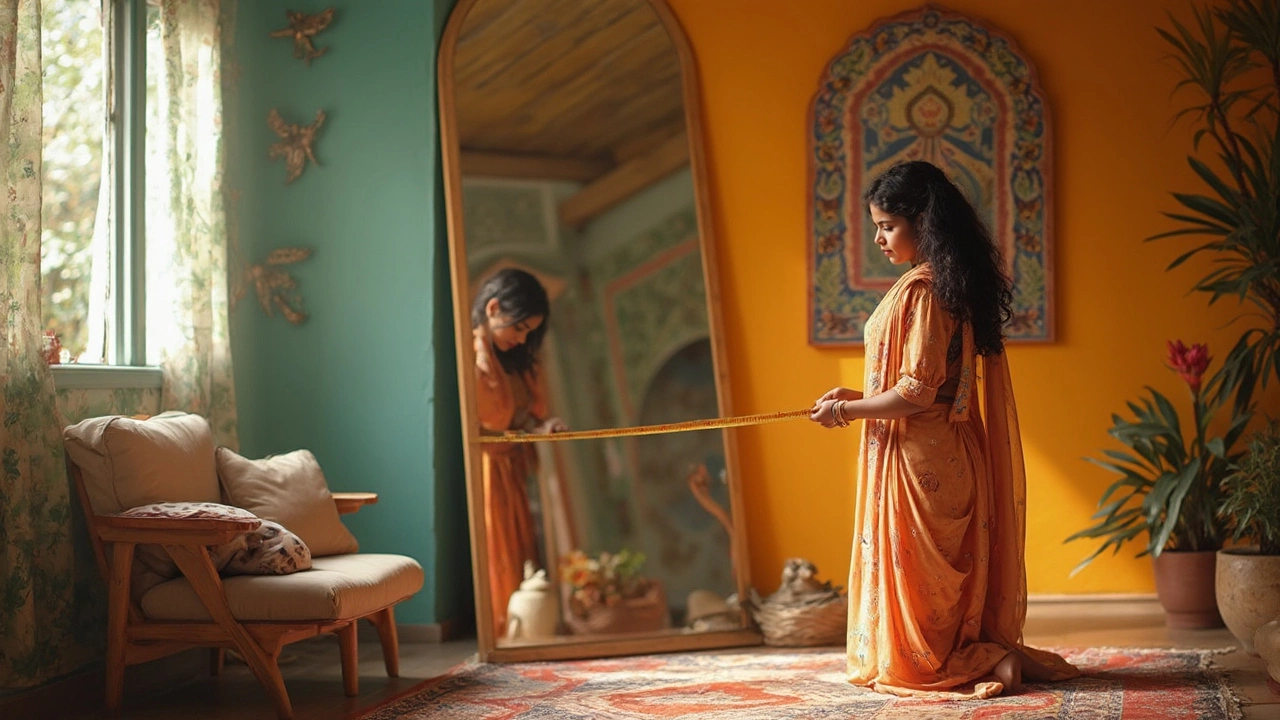
How to Choose the Right Mirror for Your Space
Struggling to find the perfect mirror? This guide breaks down the essentials you actually need to consider, from size and purpose to style and placement. Whether you're battling bad lighting, want to make a room feel bigger, or simply need a solid selfie spot, you'll find clear tips that take the guesswork out of shopping. No stuffy jargon, just real advice—even a few tricks you might not have thought of. Make sure your new mirror actually works for your room and your daily life.
View More